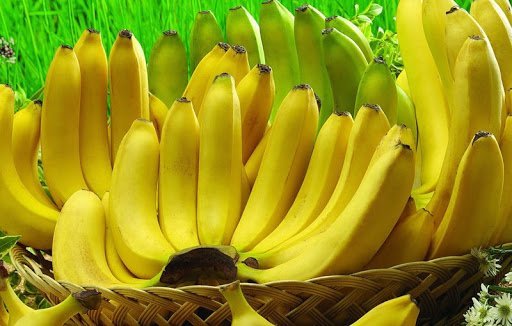Bananas reign supreme in the global fruit market, consistently topping the charts as a favorite. Not only are they a staple in the diets of many across the globe, but they’re also readily available throughout the year.
Yet, a curious trend has emerged, as highlighted by EastFruit analysts: Central Asian nations exhibit a tepid response to bananas. In countries like Uzbekistan, Tajikistan, Kyrgyzstan, Kazakhstan, and Turkmenistan, banana consumption is notably subdued. The question arises: Why this lack of enthusiasm, and what’s the actual intake of bananas in these regions?
Kazakhstan emerges as the frontrunner in banana consumption within these countries. Estimates suggest that each Kazakh consumes approximately 4.5 kg of fresh bananas annually. But how does this figure stack up on a global scale?
To put it into perspective, Uganda claims the title of the top banana consumer, with an astonishing 270 kg per person each year – a stark contrast to Kazakhstan’s consumption, being 60 times less. It’s common for countries that cultivate and export bananas to also be among the highest consumers. This topic was explored in depth in one of our previous articles.
Shifting focus back to Central Asia, Uzbekistan has seen a significant uptick in banana consumption, now averaging 4 kg per person annually, a figure that Kyrgyzstan matches.
In contrast, Tajikistan and Turkmenistan stand out for their minimal banana consumption. Tajikistan averages about 2.3 kg per person, while Turkmenistan’s consumption is a mere 160 grams per person per year – less than a single banana! This positions Turkmenistan as one of the global laggards in banana consumption, trailing even behind North Korea’s estimated 0.2 kg per person.
Read also: Banana imports fall in Uzbekistan, Ecuador remains top supplier
Andriy Yarmak, an economist from the Investment Department of the Food and Agriculture Organization of the United Nations (FAO), sheds light on this phenomenon. “Central Asia’s modest banana consumption can be attributed to the region’s distance from major port infrastructure, resulting in costly logistics. Additionally, the presence of significant tariff and non-tariff barriers impedes the import of such exotic fruits. A third contributing factor is the competitive pricing of local fruits, particularly during peak production periods,” he elucidates.
Interestingly, the region is on the cusp of becoming a more prominent exporter of fresh produce, which could pave the way for greater import openness. This trend is already becoming apparent in Uzbekistan.
Maintain full control over fruit and vegetable prices in Turkey, Egypt, Ukraine, Uzbekistan, Russia, Moldova and other markets subscribing to EastFruit Premium.
The use of the site materials is free if there is a direct and open for search engines hyperlink to a specific publication of the East-Fruit.com website.




